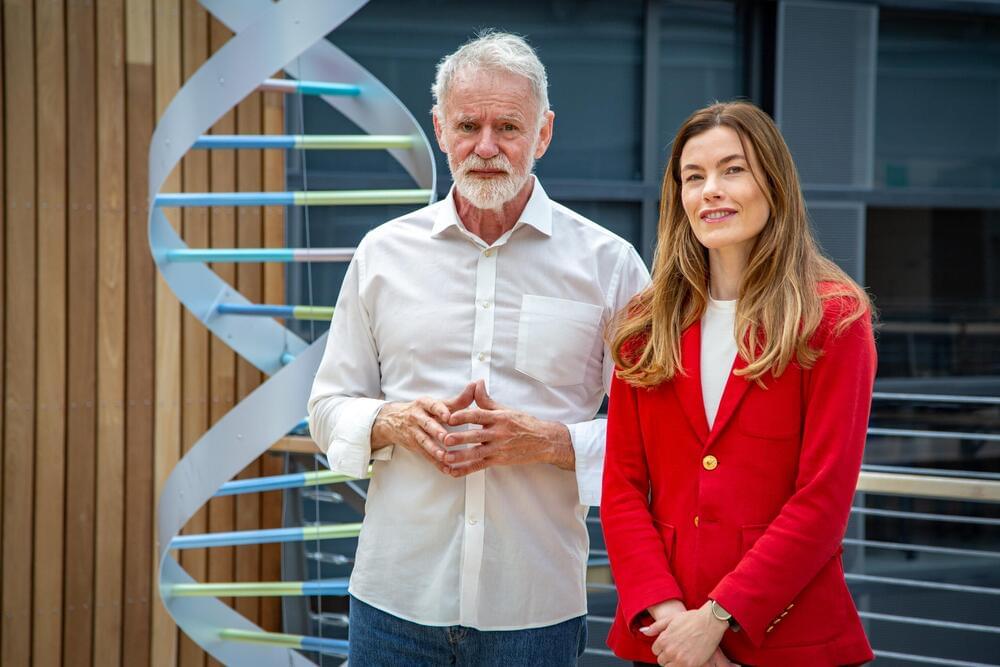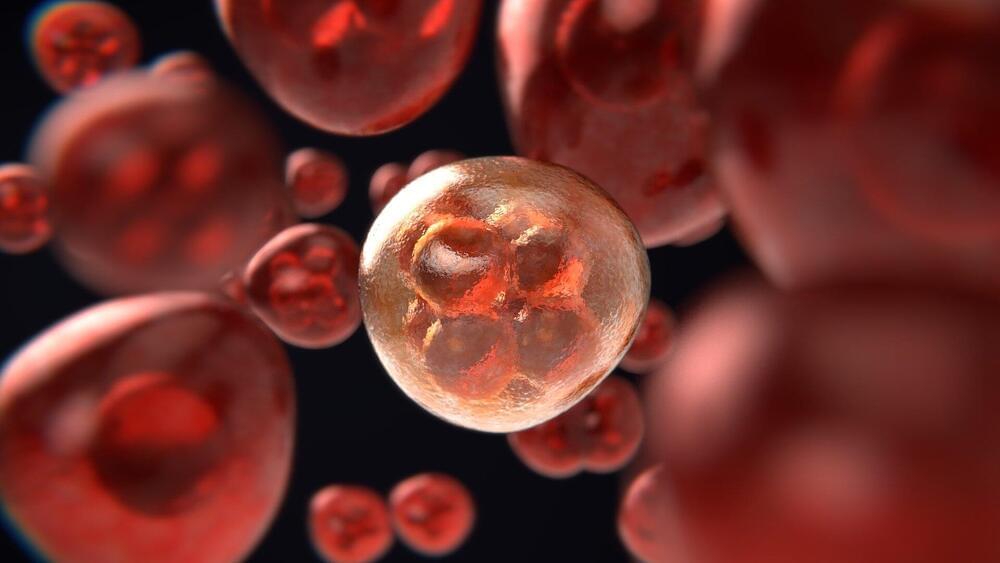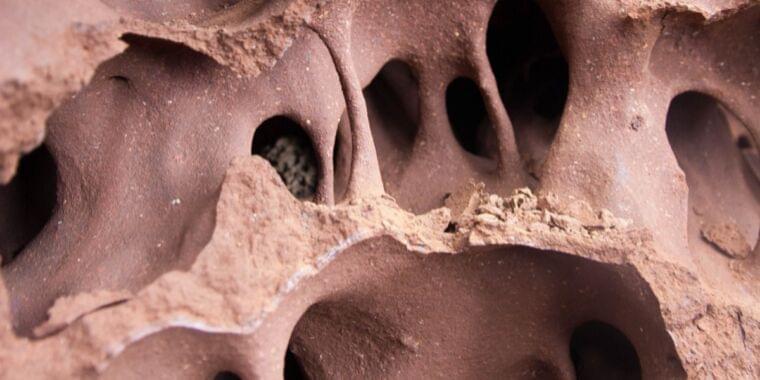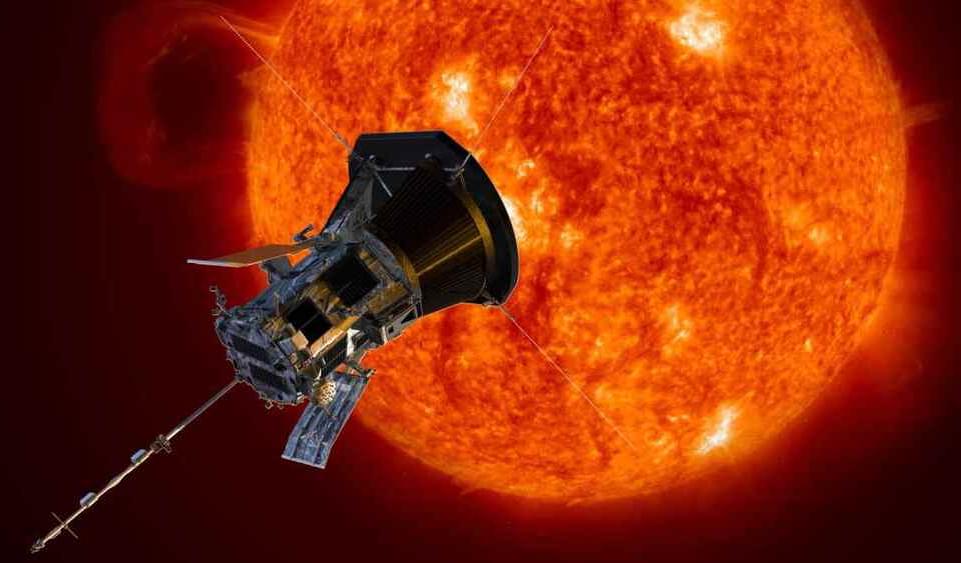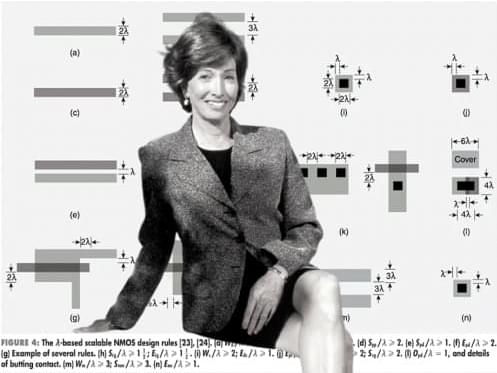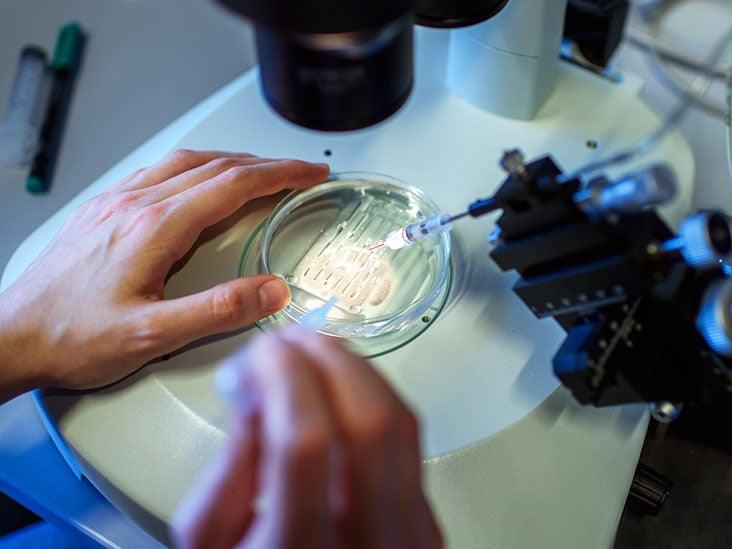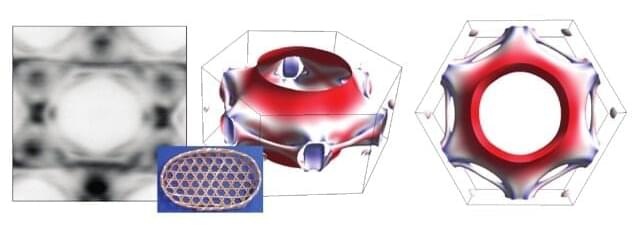Jun 9, 2023
Study reveals first genetic locus for voice pitch
Posted by Shubham Ghosh Roy in categories: biotech/medical, genetics, health
In a paper published in Science Advances, an international team led by deCODE genetics, a subsidiary of Amgen, reveals the discovery of sequence variants in the gene ABCC9 that influence the pitch of voices.
Speaking is one of the most characteristic human behaviors, and yet the genetic underpinnings of voice and speech are largely unknown. In the first study of its kind, the scientists combined speech recordings from almost 13,000 Icelanders with data, in the sequence of the genome, to search for common variants in ABCC9 that are associated with a higher-pitched voice.
Continue reading “Study reveals first genetic locus for voice pitch” »
